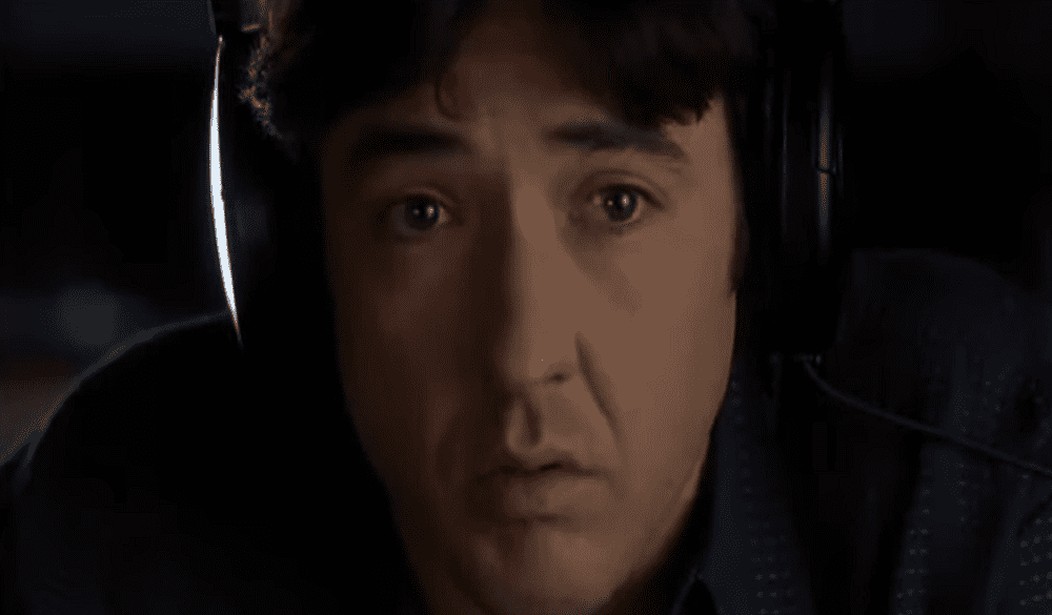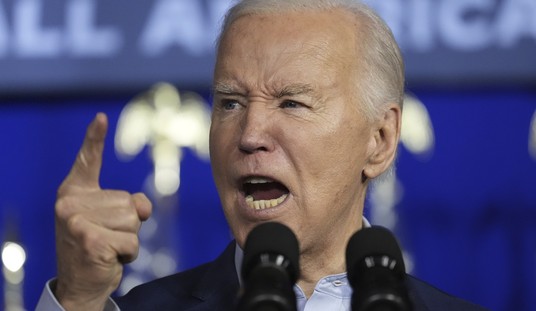Essential Listening
It’s everywhere you look nowadays: whether it’s the fashion trends or the musical styles in 2021, all point to references in the decade known as the 1980s. If you’ve followed this column for a while, you know that it’s one of my touchstones culturally; since I was born in the early years of the Seventies, it’s the decade I most associate with my mid to late childhood. And, of course, my teenage years cannot be unwoven from that era of pop (then modern rock/alternative) music.
I’ve been noticing something change recently, though. It’s not just GenXers feeling nostalgic. Many younger people seem to be rediscovering the music that came out in the decade. And they seem to be drawn to it because its sensibilities weren’t too far removed from the chaos and strife of both punk and glam.
So many of these Eighties bands were inspired to start making music because of bands like the Clash or the New York Dolls — or on our shores, the Ramones or Iggy Pop and the Stooges.
In which other decade would you have bands like Depeche Mode singing in 1987 about “Strangelove,” or being “Infected” with someone’s love, like in The The’s (AKA Matt Johnson) banger of a dance track from ’86?
And that’s a part of the appeal, I think. It just so happens that some of the decade’s best music provides the perfect, disaffected soundtrack, with which you can exhume your feelings while dancing at the same time. I mean, that’s Depeche Mode, New Order, OMD, The Cure, or Pet Shop Boys in a nutshell, right?
And despite the Smiths’ singer (Stephen Patrick) Morrissey’s loathing of the dance club culture and his lyrical insistence that we “hang the deejay,” the band’s “How Soon Is Now?” is the tune that closes many a modern, “Eighties Night” club dancefloor. And likewise, their “This Charming Man” is eminently danceable (here, in what I think is the best version, from the Peel Sessions on September 14, 1983).
It wasn’t like Morrissey and the Smiths ever had a monopoly on mope music, either. I can remember when stories littered the media about parents blaming the Cure’s music for making their teenage son or daughter depressed. (Something that was repeated with Marilyn Manson’s music a generation later.) But you can’t lay all the blame at the goths’ feet.
This is some solid alternative pop music here (off 1985’s “The Head On The Door” LP), from Robert Smith and the boys.
Consider what Nick Hornby wrote in “High Fidelity,” his brilliant, coming of age/relationships novel (and the subsequent, 2000 movie starting John Cusack), about the possible connection between pop music and depression. Yes, you read that right.
The first minute of director Stephen Frears’ film poses Hornby’s musical/misery question, which might sound flippant, at first listen.
“What came first: the music or the misery?
People worry about kids playing with guns.
Or [by] watching violent videos, some sort of culture of violence will take them over.
Nobody worries about kids listening to thousands, literally thousands of songs about heartbreak, rejection, pain, misery, and loss.
Did I listen to pop music because I was miserable, or was I miserable because I listened to pop music?”
There it is. But the question is a completely serious one, for those of us who survived the ’80s through ingesting copious amounts of pop music into our bloodstreams. Was it the music or the misery that we clung to? And the honest answer might be: a little of both.
Maybe the only enduring mystery of the music from the decade we love so much is this: what in the world was Michael Stipe singing on those early R.E.M. tunes, on records like “Murmur” and “Fables of the Reconstruction”? Does he even know?
This was the way it sounded in 1982:
Essential Listening Verdict: The reason we ended up, as I put it, ‘living in the Eighties’ these days is that fashion in all things — including music — is cyclical. It was bound to happen. Plus, I mean, it’s still amazing music. Who would want to let go of something so wonderful?
In case you’re unfamiliar with it, the headline for this piece comes directly from the chorus of a song by Killing Joke — which did get released in the Eighties (1985). Take a listen:
Related:
HIGHER CULTURE: Why You Should Know Lloyd Cole, Part 1
HIGHER CULTURE: David Lynch’s “The Elephant Man” Celebrates the Dignity of the Individual












